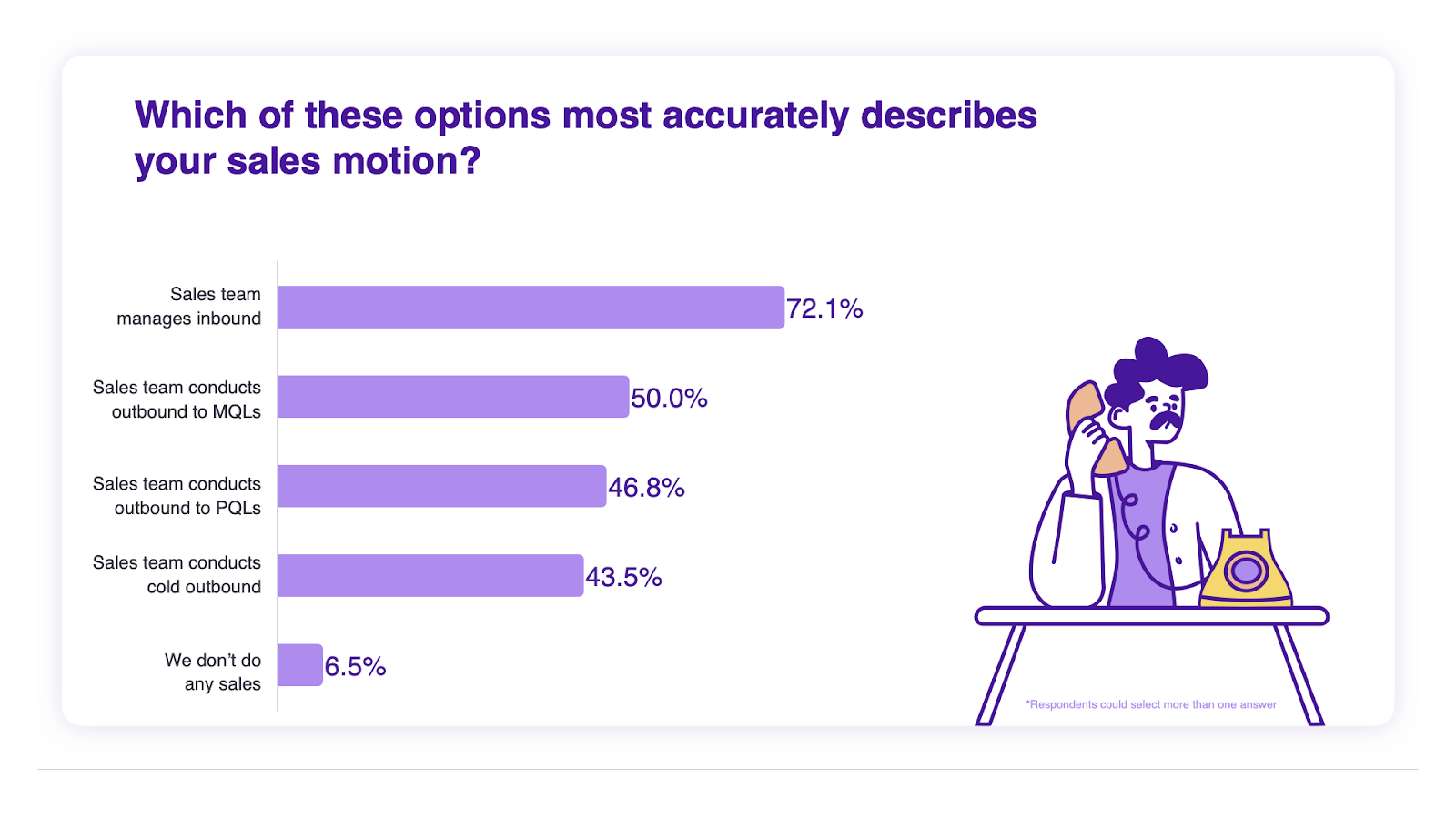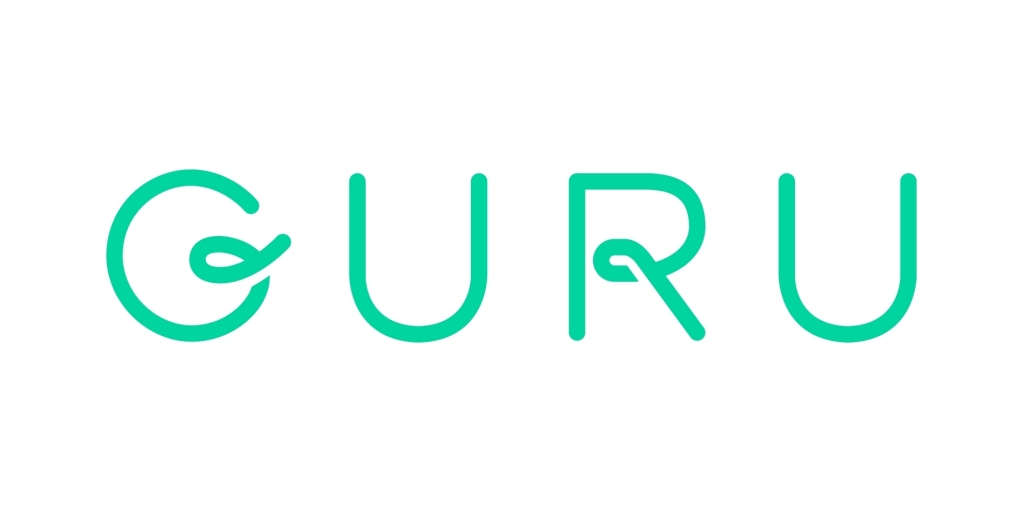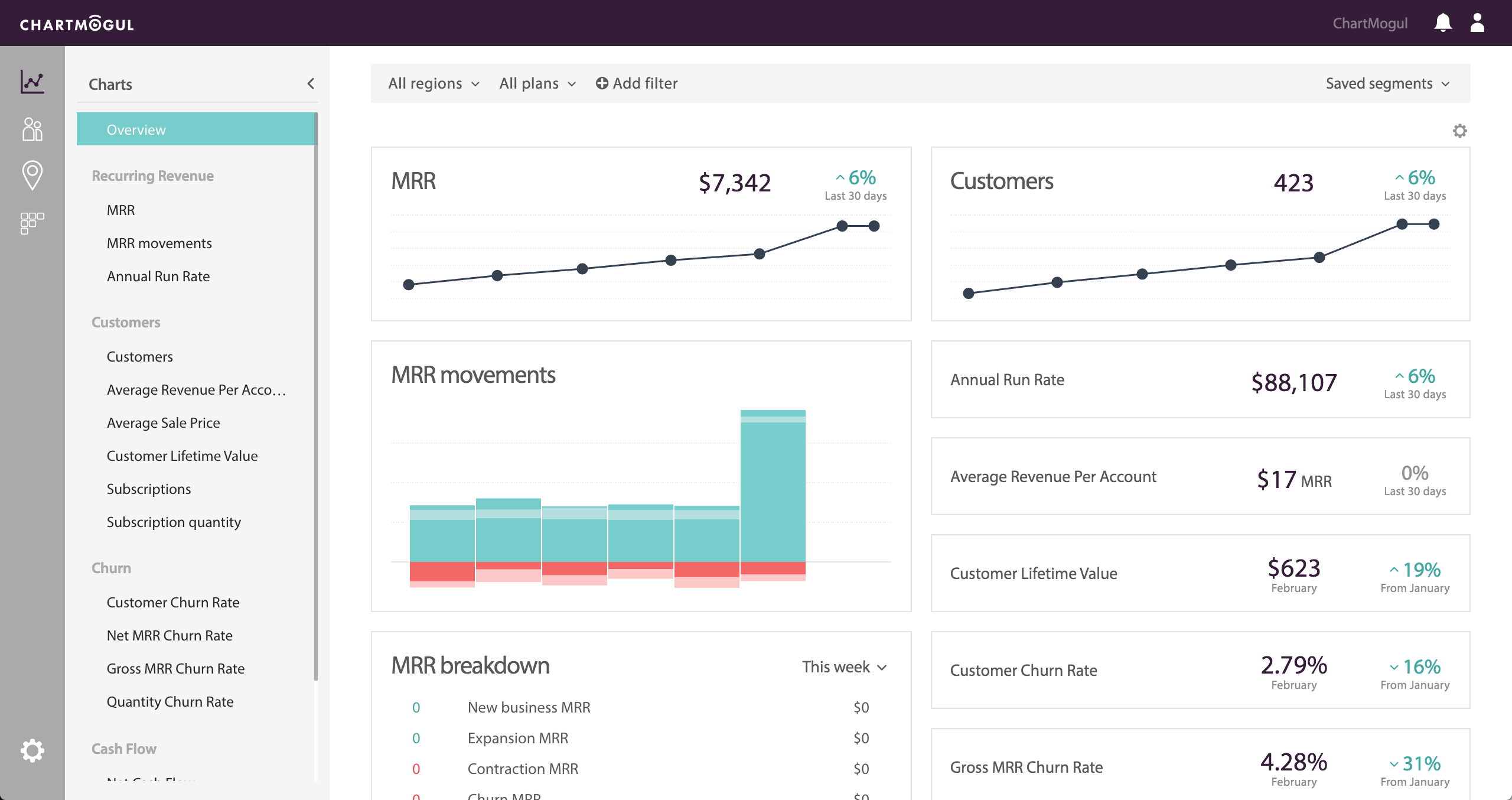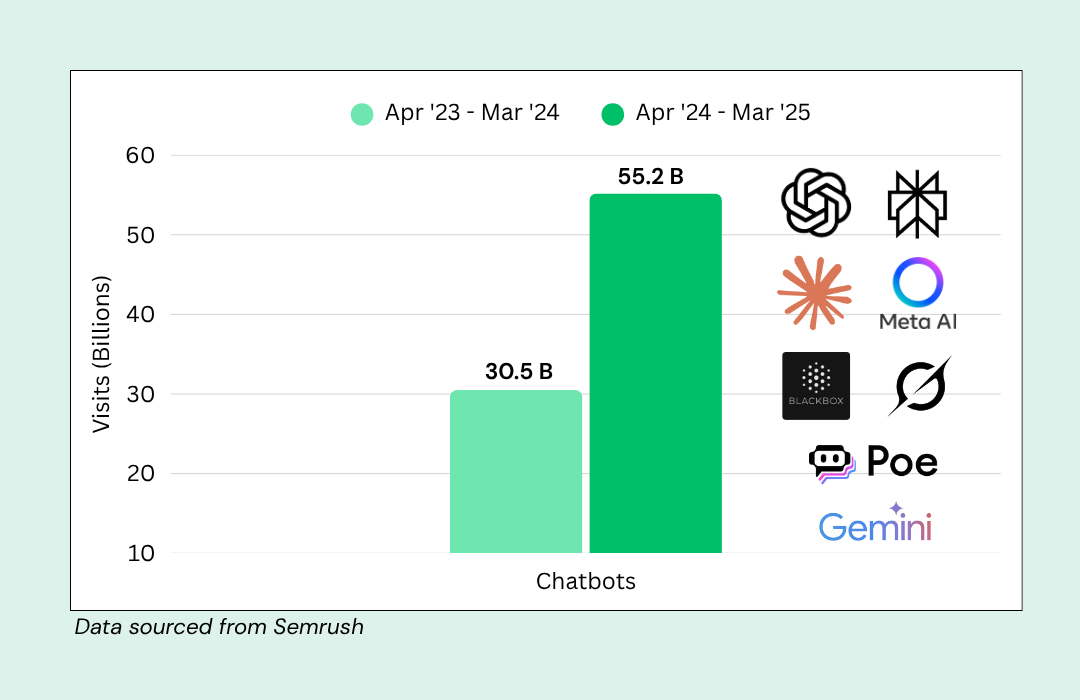In Product-Led-Growth (PLG) circles, outbound has a spotty reputation.
PLG companies focus on getting customers through the door by having a product they can’t live without — and using it before ever paying. So “traditional sales” sounds outdated compared to our shiny new Product-Led Sales playbooks, PQL hypotheses, and sales-assist motions.
I get it. I’m with you. And a part of me agrees.
Product-Led Sales — engaging with existing users based on their product usage to drive conversion, expansion, and retention — yields better and warmer leads at a cheaper cost.
Outbound is becoming part of the normal progression of growth at product-led companies.
Still, there’s no denying that there comes a time in every SaaS business’s life that inbound PQLs isn’t enough. Those larger enterprise deals and new target markets can all seem out of reach without an SDR team in place.
That’s when many PLG businesses turn to outbound. According to Kyle Poyar, who also delved into this topic, 54% of PLG companies on PeerSignal’s B2B Tech Hiring Tracker are looking for SDRs or BDRs. This list includes well-known PLG companies like Figma, 1Password, Vercel and Notion.
Related: Getting Started with Outbound Sales? (Let’s Start with Strategy)
I’m the CEO and co-founder of Pocus. According to our 2021 Product-Led Sales Benchmark Report, 50% of sales teams at PLG companies are still relying on outbound for MQLs. And 44% still conduct cold outbound.

So it’s not an outlier. Outbound is becoming part of the normal progression of growth at product-led companies. However — and this is key — it will often show up further down the funnel than it does for sales-led B2B SaaS vendors.
This sequencing offers a great advantage. When PLG companies adopt outbound, they already have insights on their ideal customer profiles’ (ICPs’) product usage, engagement, features they value, common pain points, and more.
In this article, I’m going to dive into the lively debate on the benefits of cold outbound in the PLS space, with weigh-ins from experts like Nick Mills, President at Pitch, Rob Falcone, Sr. Director of Product-Led Sales at Guru, Kenny Vincent, Global Director of Sales at ClickUp, and Sara Archer, VP of Sales at ChartMogul.
But before we go any further, let’s get aligned on what it means when I say “cold outbound.”
What is cold outbound?
In the words of Rob Falcone, Senior Director of Product-Led Sales at Guru:
When done well, truly “cold outbound” (loosely defined as a scenario where the recipient has no prior relationship with the sender or the sender’s company) should look the same at PLG companies and non-PLG companies alike.
That is, the sender has:
- Done extensive research on the recipient and their company
- Pattern-matched with similar profiles the sender’s company has helped, and
- Crafted a message that’s likely to connect the value of the offering with the recipient’s role and goals at that point in time
Yet, like we saw above, a 2-4% lead-to-close conversion is common for a cold outbound team targeting the mid-market (with a lead being anyone who responds to an email).
By contrast, the Product-Led Sales motion sees a whopping 10% conversion from lead-to-close.
The question is then: How can PLG companies justify outbound?
Why PLG companies aren’t sold on outbound sales
Most PLG teams have two key arguments against outbound sales:
- Fear of losing the essence of product-led. If you’re out there chasing cold leads, does this mean you’re no longer authentic to providing real value and becoming a need for your customers?
- Return On Investment (ROI). With PQLs being much cheaper than MQLs, can the deals closed/won justify the expense and labor of building an outbound motion?
These are substantial arguments, and the answers are nuanced.
So, I turned to the experts.
4 PLG leaders on effective use of outbound sales (…or not)
Pitch leverages PQLs
Nick Mills, President at Pitch, says: “With recent advances in tooling, it’s now possible to take a highly data-driven approach to building a system of target segments, and leverage a range of signals to know who to target, when, and with which message.
“With the right tooling applied to a signal-based system, messaging sequences to high-potential leads can be automated, freeing the SDR team up to focus on running really effective qualification calls to build pipeline.

Pitch is developing a process for combining warm outreach with product-led growth motions.
“We’re in the early stages of building a system like this at Pitch. To get it running properly, we’ll need to synthesize a number of data sources. Our first step has been to layer in third-party firmographic data, from sources such as Crunchbase, to help us identify signups as high-growth potential.
“As we continue to develop our system, we’ll build in signals from users’ pre-signup marketing touch points and post-signup behavior patterns next. We’re currently enhancing our capabilities to measure, understand and act on those signals.
“With all three in place, we’ll be able to create what I consider the gold standard of a product-qualified lead, and a highly efficient acquisition channel.”
— Nick Mills, President, Pitch
Guru says yes to selective cold-outbound within a PLS strategy
Rob Falcone at Guru says the need for strategic cold outbound is largely predicated on a company’s target audience. Take these two scenarios:
- Company A has a product-led offering, but their target end users — restaurant managers — spend little time in front of a computer actively searching for solutions. A cold phone call may be necessary to guide the restaurant manager to initiate a free trial.
- Company B has a product-led offering, but end users typically need security approval before starting a trial. A sequence of cold outreaches to a security executive may be required for security clearance and introduction to the appropriate user-champion, who will then lead the trial.
“In both of these scenarios, even though the company leverages product-led resources to help customers evaluate, onboard, and expand … their customer dictates the valuable role cold outbound can play as part of their acquisition strategy.

Guru combines selective cold-outbound with a product-led sales strategy.
“At Guru, we utilize strategic cold outbound for people unfamiliar with Guru or personas that don’t profile as end-users AND PQL-driven outbound in usage scenarios.
Related: The Prospecting Problem: Balancing Inbound and Outbound Sales Strategies
“Within accounts using Guru, we’re constantly looking for ways to help users unlock as much value as possible. So the question we ask ourselves when considering PQL-driven outbound is: Are there people using Guru today who could be gaining more value? If the answer to that question is “yes,” we might leverage PQL scores and signals indicating Fit and Intent to prioritize who to focus on and to customize our message and recommendations to help them understand the additional value they could be getting from the product.”
— Rob Falcone, Sr Director, Product-Led Sales, Guru
For ChartMogul, cold outbound wasn’t worth it
As Sara Archer at ChartMogul recounted recently after testing outbound: “The result? A swath of data and learning. But ultimately, the decision to pull the plug.”
ChartMogul, an analytics platform for subscription businesses, decided that cold outbound wasn’t worth it.
She went on to say that through effort and determination, “We managed to get new users on the product, reactivate old trials, book discovery calls, create opportunities, and win new customers. Importantly, we did this in a way that was true to ourselves without burning our brand.
“But, unfortunately, we weren’t able to win enough customers to consider the program a success.
“In just under six months, we were able to:
- Set 39total meetings set from an average of 1,650 emails sent/month (~10K emails sent total)
- Create 13 deals (which is less than 1 deals created/month/SDR)
- Convert 7 new customers (which is less than 1 sales/month/SDR) at a win rate of 54% and ASP = 1.5x

ChartMogul determined that cold outreach wasn’t worth it.
“You can see that the funnel breaks down from outreach to meetings booked. To counteract this, we increased the volume of outreach after several weeks. Still, we were unable to get enough consistent meetings to ensure the program’s success.”
So, for ChartMogul’s audience, outbound just isn’t worth it right now. As Sara explained, “continuing the program could mean winning a new large customer here and there, but the allure of outbound promises consistency. And we must employ sustainable strategies that give us energy and keep us focused.”
A look into ClickUp’s full-fledged outbound strategy
Kenny Vincent, Director of Sales at ClickUp told us that their outbound efforts are split into two parts, both important to their overall sales motion:
- Outbound within PLS motion: Some outbound happens within the PLS motion to uncover new buyers within existing account
- Cold outbound: Completely separate from their PLS motion

Clickup’s full-outbound strategy includes two key parts: outbound within the product-led sales motion, plus cold outbound.
For perspective, the commercial inbound team is composed of 100 SDRs, which take care of cold outbound to registered domains (within the PLS motion).
The fully outbound team has 10-12 reps, which they’ll increase if they see success from reaching out to their lists of ICP accounts. For Kenny and the team at ClickUp, they’ve already seen success with outbound in their PLS motion. Reps at ClickUp are trained to not only follow up with PQLs but truly “work” the account level and outbound to decision makers and buyers who may not have logged into ClickUp just yet.
Cold outbound, on the other hand, is still an experiment that they know is a slower burn to prove (6 to 9 months), but they are seeing some early signs of success to date.
Learn more about ClickUp’s outbound motion from Kyle Poyar’s analysis here.
Where does that leave the rest of us?

If you ask me, this leaves the rest of us with a pretty neat outline to explore, depending on who your ICP is.
Take a page from Rob’s book by understanding customer needs and how to reach them, leverage outbound strategies as part of an integrated PLS motion like Nick at Pitch and Kenny at ClickUp, and be ready to test (and call it quits if necessary!) like Sara at ChartMogul.
Want access to live AMAs with PLG and PLS leaders in the PLS community? We’ve got you! Request an invite to join here.
 Edited by Kendra Fortmeyer @ Sales Hacker 2022
Edited by Kendra Fortmeyer @ Sales Hacker 2022







